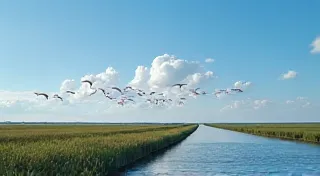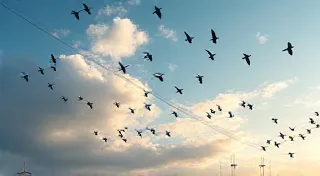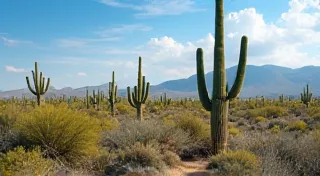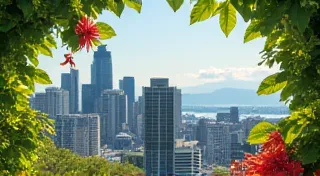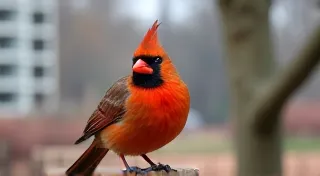Top 5 Birding Hotspots in the Florida Everglades
Explore the unique birdlife of the Everglades! This guide highlights five prime locations, detailing expected species and best times to visit.
The Florida Everglades, a vast subtropical wilderness, is a paradise for bird watchers. Its unique ecosystem supports an incredible diversity of avian species, from majestic raptors to vibrant wading birds. This article spotlights five prime birding hotspots within the Everglades, offering insights into what you can expect to see and the best times to visit.
1. Anhinga Trail (Everglades National Park)
The Anhinga Trail is arguably the most accessible and popular birding spot in the Everglades. It's a paved, one-mile loop trail, perfect for all skill levels. The boardwalks offer excellent views of the water, making it easy to spot various birds.
Expected Species: Anhinga (of course!), Green Herons, Great Blue Herons, Tricolored Herons, Common Gallinules, Purple Gallinules, Apple Snapping Turtles, alligators.
Best Times to Visit: Early morning or late afternoon are ideal for avoiding the heat and seeing the most activity. Winter (November-February) offers comfortable temperatures and a chance to spot migratory birds.

2. Shark Valley (Everglades National Park)
Shark Valley offers a slightly more immersive experience, with opportunities for tram tours or cycling along a 15-mile paved loop. While the tour is excellent, cycling allows you to stop and observe at your own pace.
Expected Species: Roseate Spoonbills, Wood Storks, Limpkins, various raptors (Red-shouldered Hawks, Northern Harrier), wading birds like Snowy Egrets and White Ibis.
Best Times to Visit: Spring and fall offer pleasant weather for cycling. Winter provides a chance to observe migrating birds. Arrive early to avoid the midday heat.
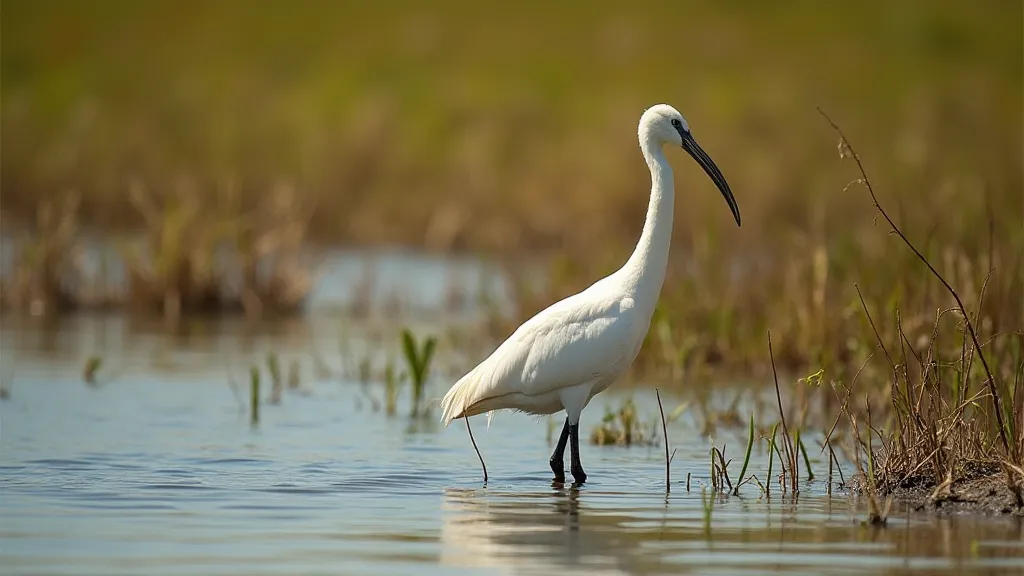
3. Pineland Swamp (Everglades National Park)
Pineland Swamp is a more remote area accessible by boat or canoe. This allows for a more undisturbed birding experience. It is characterized by its sawgrass prairies and cypress domes.
Expected Species: Snail Kites (a highlight!), Limpkins, Red-winged Blackbirds, Marsh Wrens, and various wading birds.
Best Times to Visit: Spring and fall provide comfortable temperatures for paddling. Look for migratory birds during the cooler months.
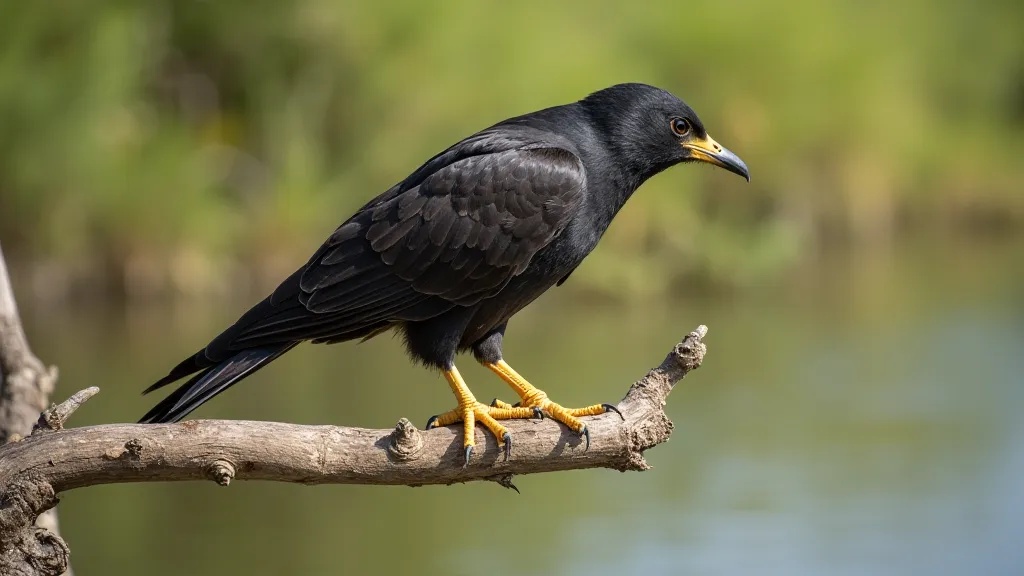
4. Flamingo Campground (Everglades National Park)
Flamingo Campground offers a good combination of accessibility and wildlife viewing. The area surrounding the campground is relatively open and attracts a variety of birds.
Expected Species: Roseate Spoonbills (often seen in large numbers!), Wood Storks, Brown Pelicans, Great Egrets, and various songbirds.
Best Times to Visit: Early morning and late afternoon are best. The winter months are particularly rewarding for observing migratory birds.
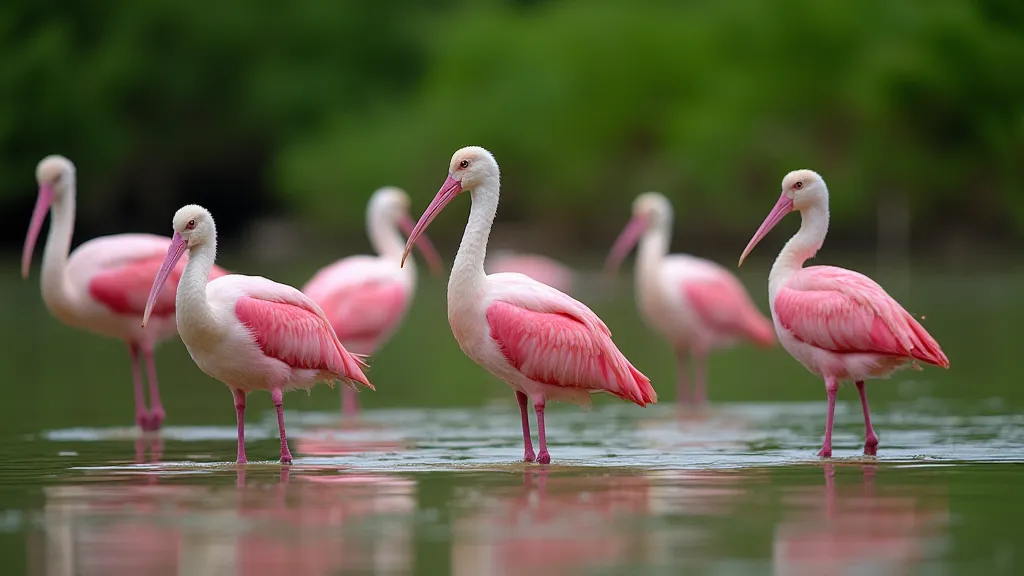
5. Deep Strike Unit (Arthur R. Marshall Wilderness Area)
Deep Strike offers a more rugged and wild experience, ideal for those comfortable with hiking or paddling through wetlands. It requires more planning and preparation, but the rewards are well worth it.
Expected Species: Red-shouldered Hawks, Marsh Rabbits, Limpkins, various herons and egrets. The quieter environment often allows for observation of shy species.
Best Times to Visit: Spring and fall offer the most comfortable conditions. Be prepared for insects and challenging terrain.

Important Note: Always check the Everglades National Park website for current conditions, trail closures, and mosquito advisories before your visit. Respect the environment and leave no trace.

